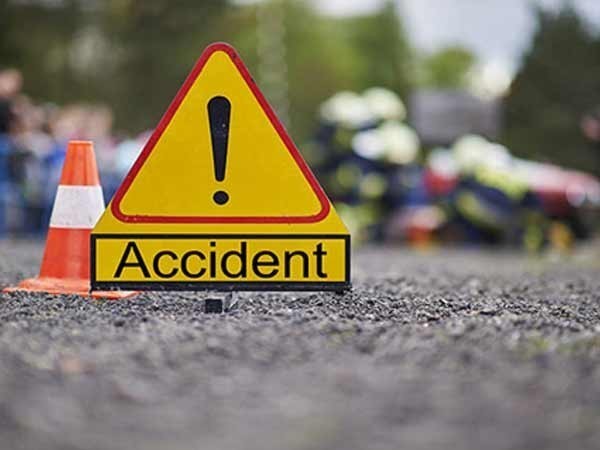Pakistan: Report highlight loopholes in investigation in blasphemy case of Shahnawaz Kunbhar
Oct 11, 2024

Umerkot [Pakistan], October 11 : The Sindh Human Rights Commission (SHRC) in an investigative report highlighted a pattern of legal violations, administrative failures, and negligence by law enforcement officials in the extrajudicial killing of Dr Shahnawaz Kunbhar, Dawn reported.
The findings of the report highlight significant gaps in the legal processes, inadequate protection of the fundamental rights of the victim, and a lack of decisive action from the authorities against the culprits.
Notably, blasphemy continues to remain a major concern for ethnic minorities in Pakistan. Laws related to blasphemy are often turned and twisted by authorities and staunch Islamic radicals, often resulting in brutality, extreme violence and often death against individuals belonging to ethnic minorities.
For the report, a research team from the SHRC, led by Chairperson Iqbal Ahmed Detho and retired Justice Arshad Noor Khan, carried out an inquiry within the area from September 20-27 this year. The fact-finding mission involved meetings with Shahnawaz's family, local law enforcement, and civil society representatives.
This investigation by the SHRC revealed major negligence on the part of officials, failure to follow due legal protocols and procedures and weak charges filed against the orchestrators of the heinous blasphemy act.
The SHRC research reported 'severe police misconduct' for staging a 'fabricated' encounter, as confirmed by a team formed by the IGP Sindh, the Dawn reported. "Dr Shahnawaz Kumbhar was wrongfully identified as the blasphemy suspect, an error likely stemming from systemic flaws in the FIR registration process. This mistaken identity had devastating consequences, ultimately leading to his death. The situation was further exacerbated by the police's lack of transparency regarding his arrest and the alleged fabricated encounter that followed."
Such cases of blasphemy underscore the critical lack of accountability within law enforcement. The SHRC report also recommended the exhumation of the late Dr Shahnawaz's body for a proper post-mortem, which would ascertain the cause of death of the victim. As such a step would provide evidence of torture and other abuses that the victim had to suffer, the Dawn claimed.
The SHRC, in its report, highlighted the 'dangerous momentum' built on social media platforms that had amplified the calls for violence against Kunbhar, leading to fuelling the tragic outcome, Dawn reported.
This case points to the urgent need for stronger vigilance on digital media channels. The criminalisation of hate speech, provocation and digital violence must be prioritised and comprehensive counter-narratives to violent extremism should be developed.
Additionally, the report also claimed that Dr Shahnawaz was deprived of his constitutional right to a fair trial. It also added that the fact he was killed in a police encounter rather than being allowed to defend himself in court was a "grave breach of this right of a fair trial" under Article 10-A of Pakistan.
The SHRC, in its report, has also severely criticised the role of police. "The police encounter that led to Dr Shahnawaz's death appears to have been staged, as confirmed by the inquiry conducted by the special committee set up by the IGP and this (encounter) indicates a serious breach of police conduct and abuse of power."
The SHRC report said that there was 'negligence or complicity' by police in mob violence, it claimed, "The police failed to prevent the desecration of Dr Shahnawaz's body by a violent mob. Despite the family informing the police about the funeral, law enforcement officers arrived only after the mob had committed the desecration, raising suspicions of negligence or even complicity."
While highlighting the 'mob instigation,' the SHRC report claimed that "there was inadequate police action in addressing the mob violence that erupted following the blasphemy accusations. FIR (191/2024) filed against 14 identified individuals reflected an incomplete response by law enforcement, as a majority of the perpetrators remain unidentified."



















